Cu Lao Cham officially recognized as a Nature Reserve. (Source: VNA)
Cu Lao Cham, an island known for its vibrant coral reefs, rare coastal primeval forest ecosystem, and many endemic species such as sea turtles, abalone, and giant clams, has just been officially recognized as a Nature Reserve by the decision of the People's Committee of Quang Nam province.
Not only a step forward in resource management, this event is considered a big push to make Quang Nam a leading locality in the strategy of conserving nature along the Central Coast, aiming at the goal of sustainable development associated with community livelihoods.
From biosphere heritage to nature reserve
On May 17, 2024, the People's Committee of Quang Nam province issued a decision to establish Cu Lao Cham Nature Reserve with a total area of nearly 12,600 hectares, including primary forests, coral reefs, turtle breeding beaches, intertidal areas and marine areas with high biodiversity.
The island was recognized by the United Nations Educational , Scientific and Cultural Organization (UNESCO) as a World Biosphere Reserve in 2009 thanks to its unique combination of forest and marine ecosystems - one of the rare models in Southeast Asia. However, over the past decade, pressure from mass tourism, climate change and overexploitation have created an urgent need to improve conservation.
"This is the result of a long process of integrating conservation, development and community. We chose a difficult option, both protecting and enriching resources, and ensuring livelihoods," Vice Chairman of the Quang Nam Provincial People's Committee Ho Quang Buu emphasized.
According to the assessment of the Department of Natural Resources and Environment of Quang Nam, the coral reef ecosystem in Cu Lao Cham has more than 300 species of hard and soft corals, along with hundreds of species of reef fish, many of which have global conservation value. The establishment of the conservation area aims to prevent the risk of degradation, restore the ecosystem and reconnect the ecological- tourism -community value chain in a sustainable manner.
Scuba diving tourism in Cu Lao Cham. (Photo: Doan Huu Trung/VNA)
The conservation project is built according to a multi-layered management model: strictly protected areas including pristine coral reefs, sea turtle nesting grounds, and primary tropical forests on the main island; ecological restoration areas including degraded coral reefs, areas under fishing pressure, secondary forests, and sustainable use areas for ecotourism, environmental education, scientific research, and controlled diving.
The head of the Quang Nam Forest Protection Department affirmed: "We do not preserve by banning but by opening up new, responsible, and right-oriented development opportunities. Every person is a part of the living ecosystem."
Along with that, Quang Nam also plans to invest in a multi-layered monitoring system, integrating GIS technology, drones and biological monitoring stations to monitor ecosystem developments in real time.
Community ownership of heritage
Cu Lao Cham is not only a model of biological conservation but also a typical example of co-management between the state and the community. It has been internationally recognized as the first locality in Vietnam to say no to plastic bags since 2009, an initiative originating from the people themselves.
Over the past years, hundreds of households have been trained to change their livelihoods, from destructive fishing to guiding ecotourism, harvesting seaweed, and making handicrafts from snail shells, bamboo, and recycled fabrics.
"We used to be afraid of losing the sea and the forest, but now the sea and the forest bring new income to my family," said Nguyen Thi Dong in Bai Huong village, who works in community tourism on the island.
In addition, organizations such as the Japan International Cooperation Agency (JICA), the International Union for Conservation of Nature and Natural Resources (IUCN) and UNESCO also work with local authorities to develop environmental education programs for students, train fishermen, and support the construction of local green economic ecosystems.
The community's ownership of heritage has opened up opportunities for the development of high-end ecotourism. Cu Lao Cham is currently re-planning its tourism products in the direction of high-quality ecotourism, limiting the number of visitors and moving towards a "zero plastic-low carbon" model. At the same time, implementing three main development directions, including: attracting investment in environmentally friendly high-end resort tourism, using renewable energy and green materials.
A corner of Cu Lao Cham. (Photo: Trong Dat/VNA)
Quang Nam restructures the Hoi An-Cu Lao Cham tourism value chain, shifting from mass tourism to in-depth experiences (marine biology research, coral diving tours combined with ecological studies) and finally enhancing international connections, bringing the reserve into the global research and ecotourism network, expanding academic and conservation cooperation.
Along with the recent inauguration of the Quang Nam Biodiversity Museum in Tam Ky, the province expects to build a chain of national-scale coastal biological education-experience-research spaces.
Cu Lao Cham is no longer just a story of Quang Nam. The formation of this nature reserve is creating an important link in the network of reserves in the Central region, from Bach Ma (Hue city), Hai Van-Son Tra (Da Nang) to Kon Ka Kinh (Gia Lai).
The construction of a coastal ecological corridor, combining marine-forest-community conservation, is becoming a cross-regional strategy of many Central coastal provinces, in the context of Vietnam's goal of protecting 30% of the natural ecosystem area by 2030 and expanding the ecosystem service market.
The establishment of Cu Lao Cham Nature Reserve is not only a legal milestone but also a turning point in development thinking: conservation is no longer a cost but a sustainable profit-making foundation. Where nature, people and knowledge are placed in a living ecosystem, breathing together, developing together.
Cu Lao Cham is "speaking up" not only with the sound of waves but also with the strong voice of a heritage area that knows how to renew itself to live forever with time.
Source: https://www.vietnamplus.vn/cu-lao-cham-tu-hon-dao-di-san-den-vung-loi-sinh-hoc-ven-bien-post1042508.vnp


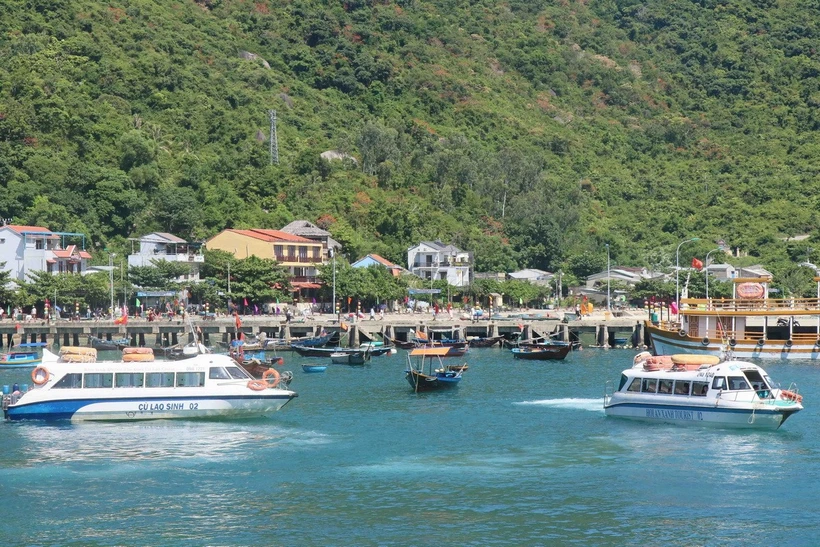
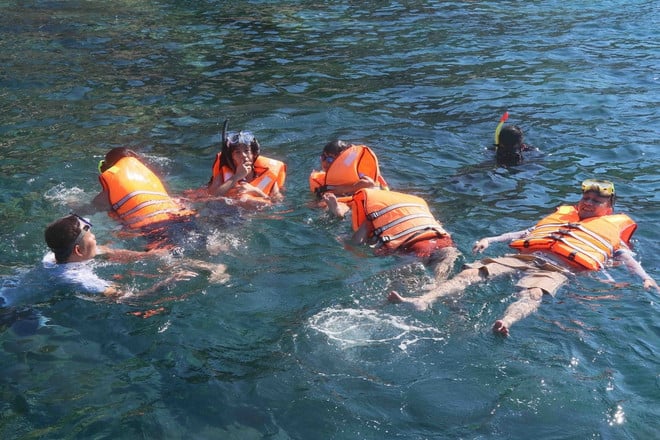

![[Photo] Prime Minister Pham Minh Chinh attends a conference to review one year of deploying forces to participate in protecting security and order at the grassroots level.](https://vphoto.vietnam.vn/thumb/1200x675/vietnam/resource/IMAGE/2025/11/12/1762957553775_dsc-2379-jpg.webp)
![[Photo] Highways passing through Dong Nai](https://vphoto.vietnam.vn/thumb/1200x675/vietnam/resource/IMAGE/2025/11/12/1762940149627_ndo_br_1-resize-5756-jpg.webp)
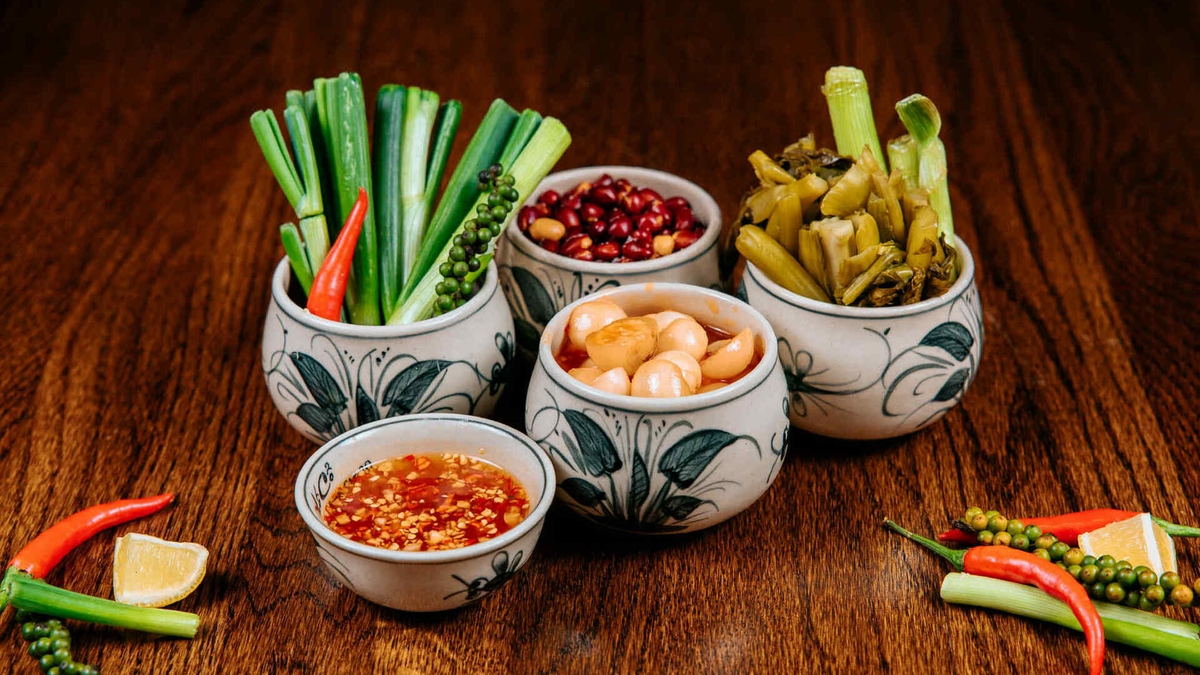


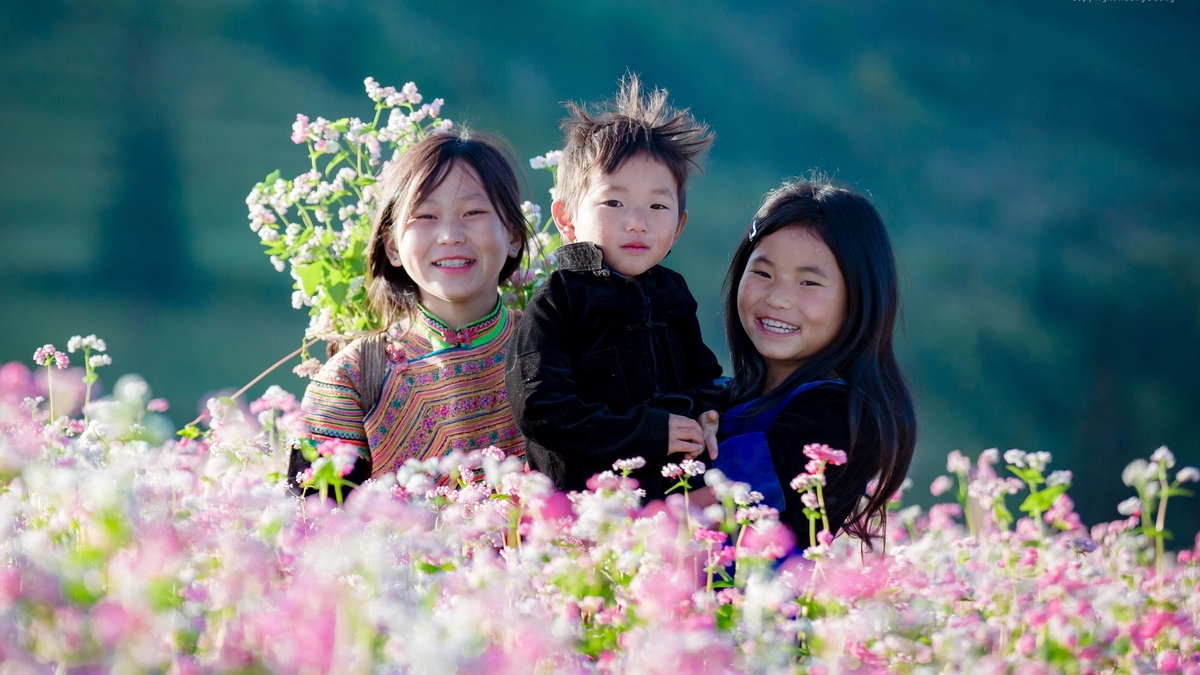
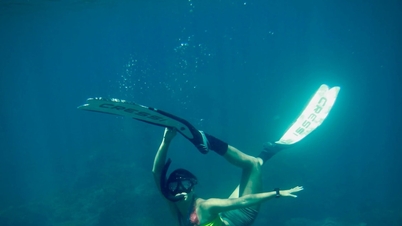

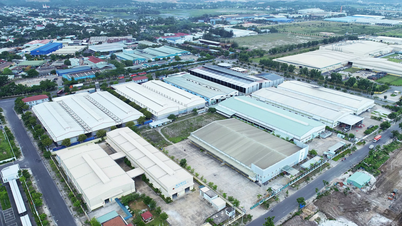
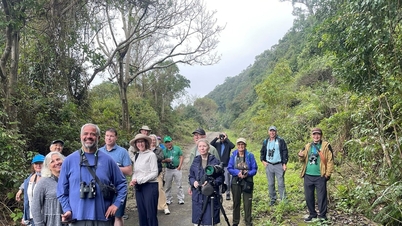
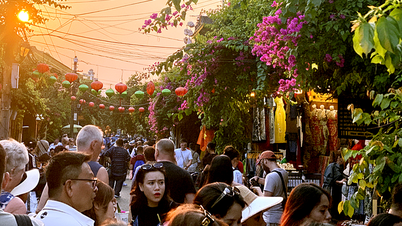












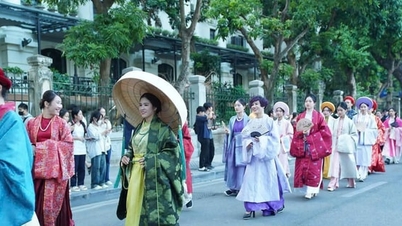










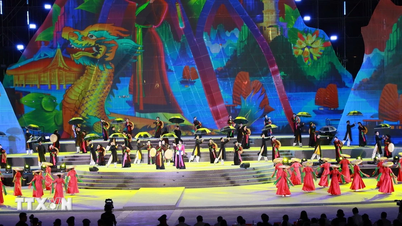


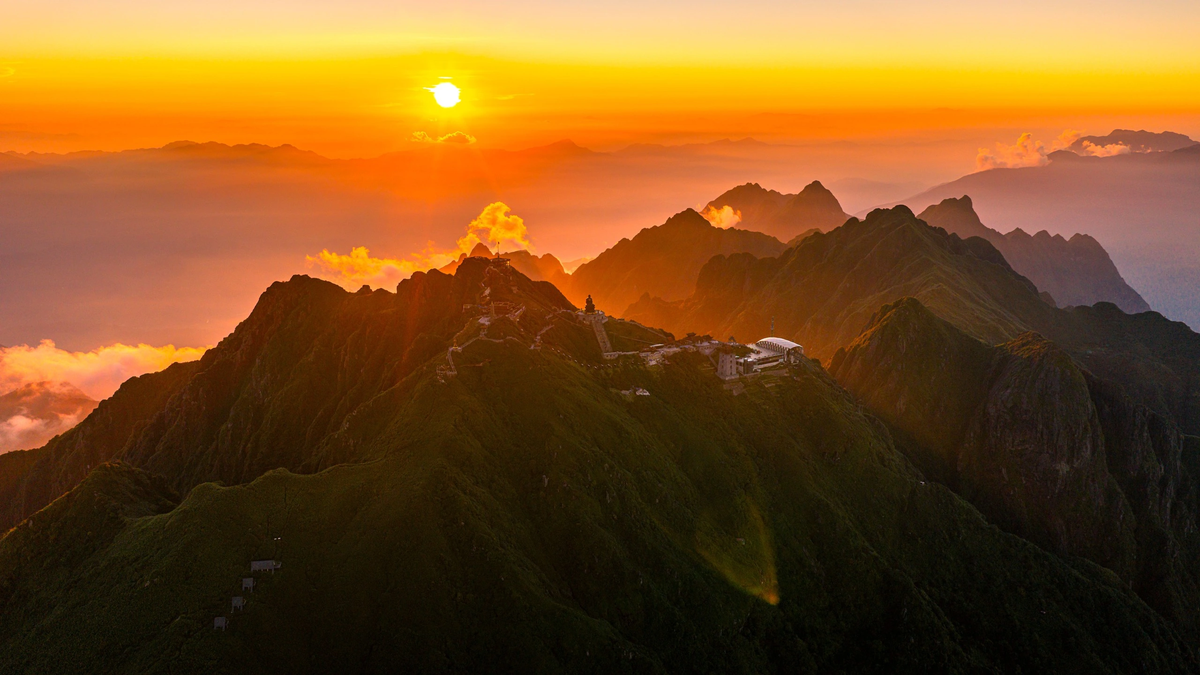










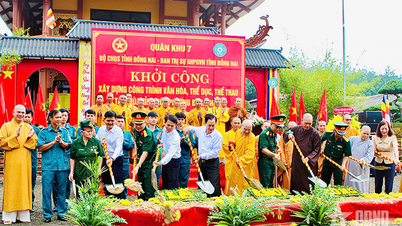



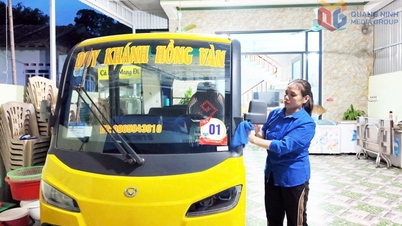


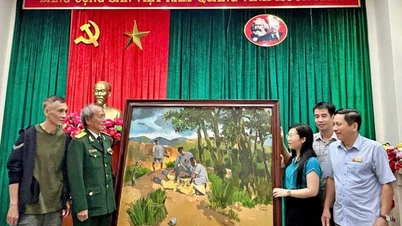

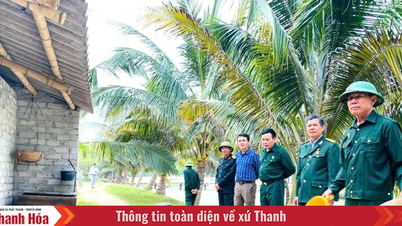


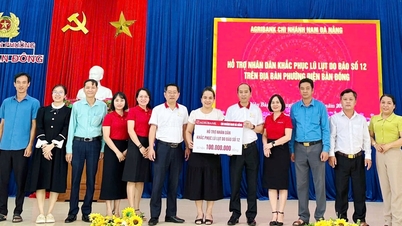
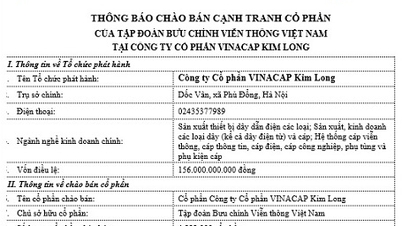


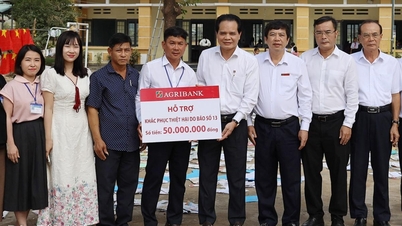












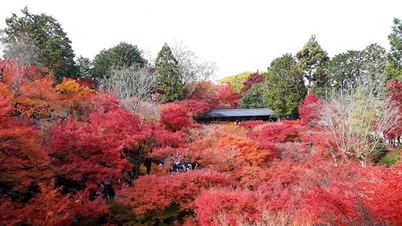





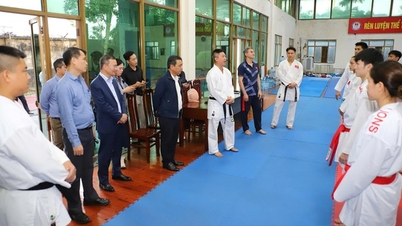








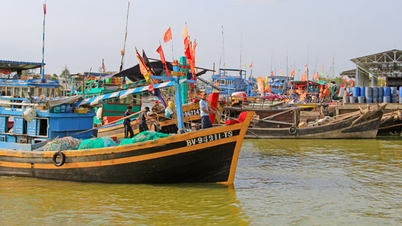









![Dong Nai OCOP transition: [Article 3] Linking tourism with OCOP product consumption](https://vphoto.vietnam.vn/thumb/402x226/vietnam/resource/IMAGE/2025/11/10/1762739199309_1324-2740-7_n-162543_981.jpeg)







Comment (0)